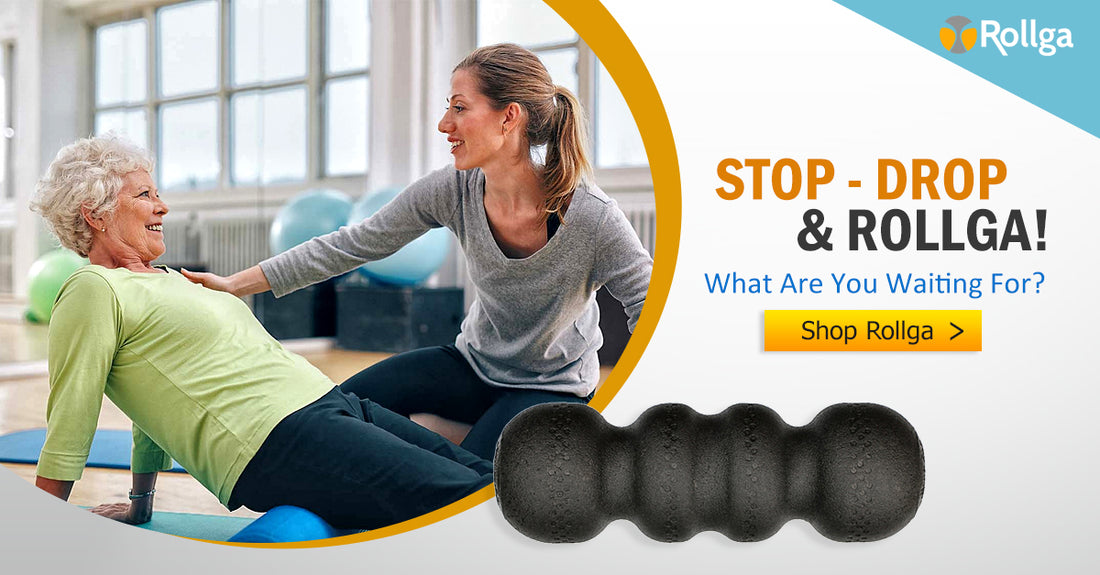
Here are 10 do's and don'ts of foam rolling from an fitness and health expert:
The Do's:
-
Do warm up before using a foam roller, by doing some light cardio and dynamic stretching.
-
Do use a foam roller regularly, as part of your overall fitness routine, to help improve flexibility, reduce muscle soreness, and prevent injury.
-
Do use proper form and technique when foam rolling, by rolling slowly and steadily, focusing on the areas that feel tight or sore, and avoiding rolling over bony areas.
-
Do vary your foam rolling routine, by using different types of rollers, such as softer or firmer ones, and targeting different muscle groups.
-
Do hydrate before and after foam rolling, as this can help reduce muscle soreness and prevent injury.
-
Do use foam rolling as a recovery tool, after a workout, to help reduce muscle soreness and improve range of motion.
-
Do listen to your body, and adjust the intensity and duration of foam rolling to your comfort level.
-
Do consult with a fitness professional or physical therapist, if you have any pre-existing conditions or injuries, to ensure safe and effective foam rolling.
-
Do combine foam rolling with other recovery and mobility techniques, such as stretching, yoga, or massage, to achieve optimal results.
-
Do invest in a quality foam roller, as this can make a big difference in the effectiveness and durability of the product.
The Don'ts:
-
Don't use a foam roller on an acute injury, such as a sprain or strain, as this can make the injury worse.
-
Don't roll too fast, as this can increase your risk of injury and decrease the effectiveness of the foam rolling.
-
Don't roll directly on the spine, as this can cause injury or damage to the spinal cord.
-
Don't roll over joints, such as the knee or elbow, as this can cause injury or damage to the joint.
-
Don't foam roll for too long or too frequently, as this can lead to overuse injuries.
-
Don't hold your breath while foam rolling, as this can increase your blood pressure and put unnecessary strain on your body.
-
Don't rely solely on foam rolling, as it should be used in conjunction with other forms of exercise and recovery.
-
Don't foam roll if you have a blood clot or circulatory disorder, as this can be dangerous.
-
Don't foam roll over bruises or areas of skin irritation, as this can worsen the condition.
-
Don't neglect proper nutrition and hydration, as this can impact the effectiveness and safety of foam rolling.

